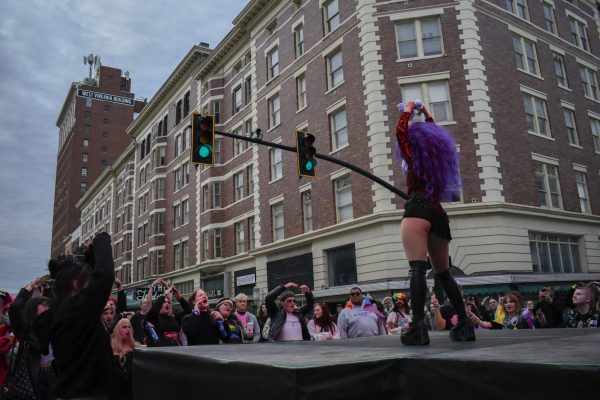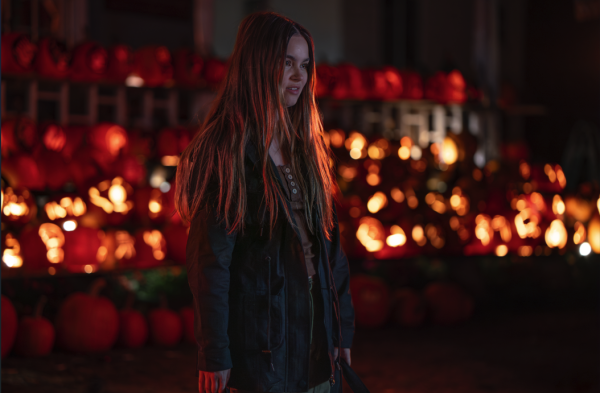Art students struggle to acclimate with virtual classes
Marshall University’s forced switch to virtual classes has left the majority of students uncertain about the sudden changes that the pandemic brought on. Students belonging to the art department have had to deal with a significant amount of change.
For art students, classes often thrive on in-person interactions, whether it be from teacher-feedback, in-person guidance, class critiques and untraditional peer feedback. Regardless of what form it comes in, it is apparent that many art students rely on hands-on learning styles.
Emily Fuller, a junior painting student at Marshall, said that switching to online classes has been particularly challenging because being in isolation makes it harder to take initiative and feel inspired.
“It gets a little draining, I think,” Fuller said. “It’s hard to be able to actually get myself to do the work. When I’m in a classroom, I’m sort of forced into that environment—it’s my time and place to be there, my place to do the work, and right now, I don’t really feel like an art student.”
Fuller said that the virtuality of their art classes stunts not only creativity but also communication. She said that it has become increasingly difficult to get other students to communicate with one another, at least in comparison to pre-pandemic.
Even class critiques, which normally emphasized peer feedback, no longer offers the same opportunity.
“We sort of just run through everything really quickly,” Fuller said. “The teacher just says a few words about each piece that’s been uploaded in the slideshow. What was successful and other things like that, but the rest of us usually just sit in silence.”
Fuller also expressed the fact that mental health has can also affect the students beyond the virtual courses.
“We’re working from our beds, and it’s hard to get anything done when you associate that space with sleep,” Fuller said. “Not to mention, if you have depression, getting out of bed is already hard enough to do.”
Despite the great adjustments that the majority of art students have to go through, it hasn’t all been bad.
Jeffery Sheppard, who is also an art major with an emphasis in painting, surprisingly had a different opinion about the switch to virtual courses.
“For me personally, things haven’t been all that different,” Sheppard said. “I’m a computer person, and I’ve taken online classes before, so it wasn’t really that big an adjustment for me.”
Sheppard, however, did acknowledge that this was not the same case for other art students. “I know a lot of my friends who haven’t taken a lot of online courses or just aren’t computer savvy had a lot of technical issues,” Sheppard said. “They struggled with submitting things onto Blackboard, or finding discussion boards, and lots of other stuff.”
Sheppard revealed that, in some ways, the switch to virtual courses has actually helped his creative process.
“Working in the same classroom as my professor sort of stresses me out,” Sheppard said. “Being able to work in my own place and going at my own paced helped me get through issues by myself.”
Miranda Valles can be contacted at [email protected].
Your donation will help continue the work of independent student journalism at Marshall University. If you benefit from The Parthenon's free content, please consider making a donation.






